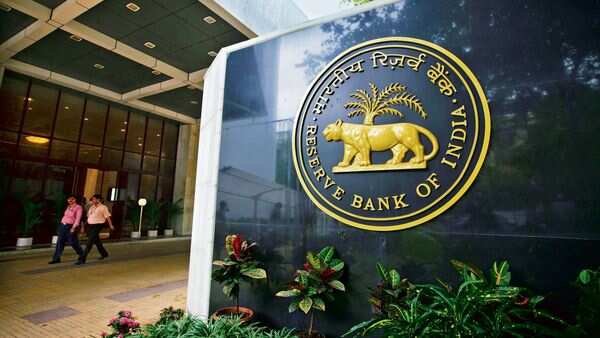Antardrishti Dashboard
RBI Governor Shaktikanta Das recently launched a financial inclusion dashboard called ‘Antardrishti’, marking a significant step towards promoting financial inclusion in India. This innovative tool aims to provide valuable insights for assessing and monitoring the progress of financial inclusion by capturing relevant parameters.
The Purpose of Antardrishti: Monitoring Financial Inclusion
The primary objective of the Antardrishti dashboard is to evaluate and track the advancements made in financial inclusion across the country. By analyzing key metrics and indicators, it enables policymakers and stakeholders to gain a comprehensive understanding of the current state of financial inclusion. This real-time monitoring allows for targeted interventions and initiatives to address areas with limited access to financial services.
Internal Use by the RBI
Initially, the Antardrishti dashboard will be utilized for internal purposes within the Reserve Bank of India (RBI). This internal usage enables the central bank to gauge the extent of financial exclusion at granular levels and identify specific regions that require attention. By examining this data internally, the RBI can devise strategies and collaborate with relevant stakeholders to promote greater financial inclusion.
Facilitating Financial Inclusion: A Multi-Stakeholder Approach
One of the key advantages of the Antardrishti dashboard is its ability to facilitate greater financial inclusion through a multi-stakeholder approach. By involving various entities, such as financial institutions, regulators, and policymakers, in the decision-making process, the dashboard promotes collective efforts to enhance financial inclusion. This collaborative approach ensures that diverse perspectives and expertise contribute to the development of inclusive policies and initiatives.
Understanding the Financial Inclusion Index
In 2021, the Reserve Bank of India (RBI) devised the Financial Inclusion (FI) Index as a reliable means to accurately gauge the level of financial inclusion. The FI Index considers three crucial dimensions: ‘Access’, ‘Usage’, and ‘Quality’. It encompasses multiple sectors, including banking, investments, insurance, postal services, and pensions. The index condenses various aspects of financial inclusion into a single numerical value that ranges from 0 to 100. The score of zero signifies total exclusion from financial services, whereas a score of 100 signifies comprehensive inclusion in the financial system.
Involvement of Key Stakeholders
The development of the FI Index involved close collaboration between the government, sectoral regulators, and the RBI. By leveraging the expertise of these stakeholders, the index was carefully designed to provide a comprehensive overview of financial inclusion in India. This inclusive approach ensures that the FI Index accurately reflects the progress and challenges in achieving financial inclusion goals.
Month: Current Affairs - June, 2023
Category: Economy & Banking Current Affairs • India Nation & States Current Affairs


